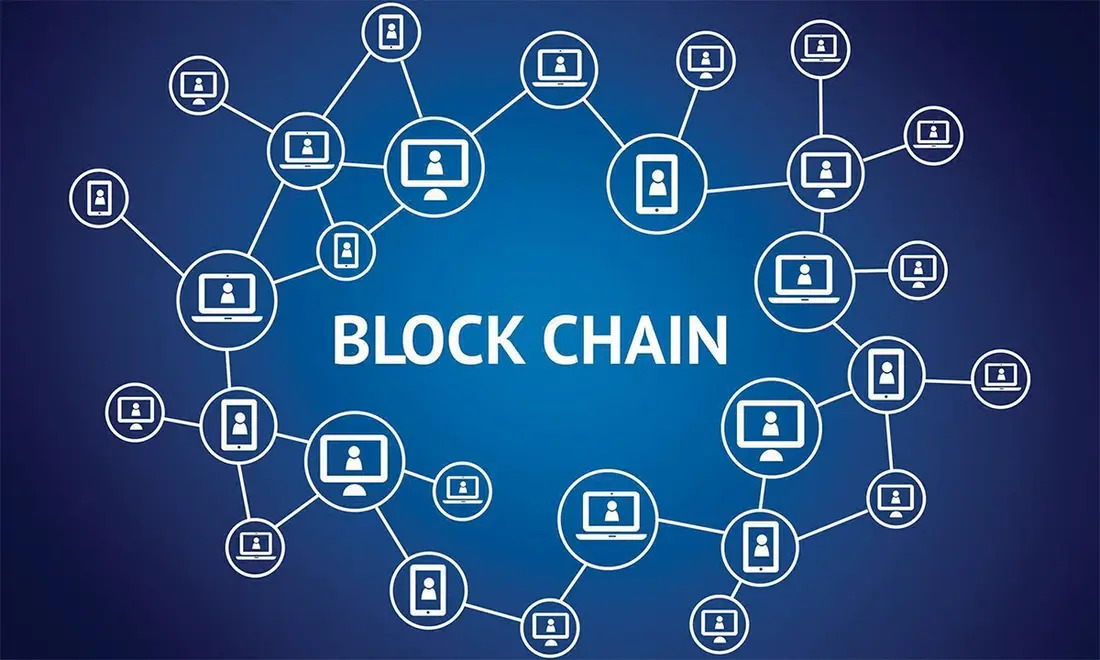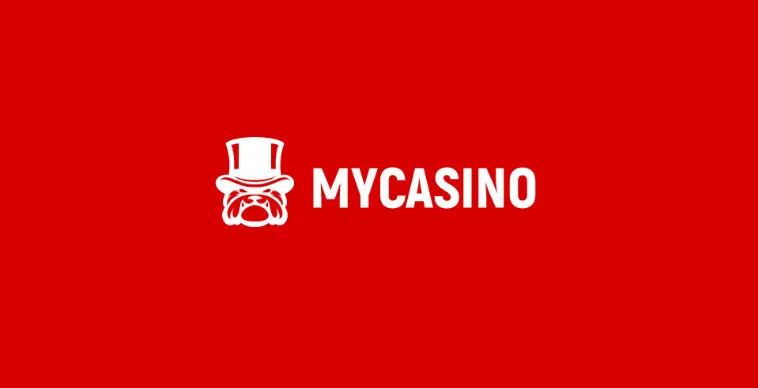
What is Blockchain?
Blockchain is an undeniable invention that has practically revolutionized the global business market. Its developments have brought greater benefits, not only to businesses but also to their beneficiaries. However, since it was revealed to the world, the vision for its operational activities is still unclear. The main question that sticks in everyone’s mind is – What is Blockchain?
To start, Blockchain technology acts as a platform that allows digital information to be transmitted without the risk of being copied. On the one hand, this has laid the foundation for a strong backbone for a new kind of internet space. Originally designed to handle Bitcoin – in an attempt to explain to the layman its algorithm functionality, hash function and digital signature properties, today, tech enthusiasts are finding other potential uses for this net invention that could pave the way for starting from the same business process once new to the world.
Blockchain, by definition, is a kind of algorithm and data distribution structure for managing electronic money without the intervention of a central administration, programmed to record all financial transactions as well as anything of value.
Blockchain Jobs
Blockchain can be understood as a distributed ledger technology that was originally designed to support the cryptocurrency bitcoin. But after harsh criticism and rejection, the technology was revised for more productive use.
To give a clear picture, imagine a spreadsheet that has been practically scaled up tons upon tons of times across a large number of computing systems. Then imagine that this grid is designed to update this spreadsheet from time to time. This is exactly what blockchain is.
The information stored on the blockchain is a public sheet whose data is finalized over time. This is a practical method that speaks of many real benefits. To be together, no blockchain data in one place. This means that everything stored there is open for public viewing and verification. In addition, there is no central information storage platform that hackers can tamper with. It is accessed by more than a million computing systems side-by-side, and anyone with an internet connection can consult their data.

Blockchain durability and authenticity
Blockchain technology is something that reduces the space of the Internet. It is elegant and strong in nature. Similar to providing data to the general public via the World Wide Web, the original blocks of information are stored on a blockchain platform that can be viewed similarly across all networks.
It should be noted that blockchain cannot be controlled by a single person, entity or identity, and does not have a single point of failure. Just as the Internet has established itself as a permanent space over the past 30 years, so too will blockchain serve as a trusted and trusted global platform for business transactions as it continues to evolve.
Transparency and incorruptibility
Industry veterans claim that blockchain lives in a conscious state. He practically checked himself every now and then. This is similar to self-audit technology in that the network completes each transaction, known as a block, that occurs periodically.
This led to the birth of two key properties of blockchain – highly transparent and, at the same time, indestructible. Every transaction that occurs on this server is embedded within the network, making everything highly visible to the public at all times. Moreover, to edit or delete information on the blockchain requires a lot of effort and strong computational power. Amidst this, fraud can be easily identified. Hence, he is described as incorruptible.
Blockchain users
There are no specific rules or regulations about who can or can benefit from this pure technology. Although the potential users are currently only banks, commercial giants and the global economy, this technology is also open for everyday transactions to the general public. The only drawback facing blockchain is its global acceptance.





